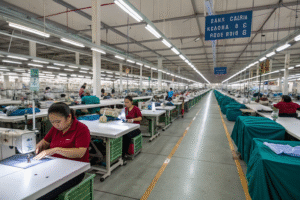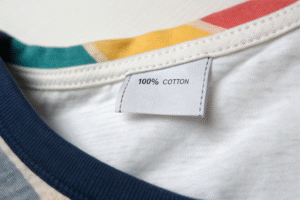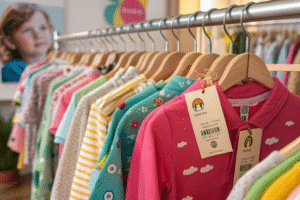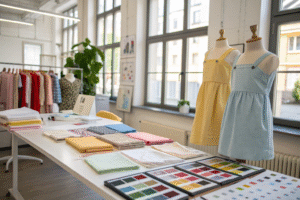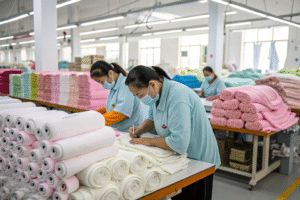Importing baby clothing into markets like the US and EU can be smooth—or it can turn into a costly delay—depending on how well you prepare. Customs holds not only affect delivery schedules but can also lead to extra storage fees, penalty charges, and lost seasonal sales opportunities.
Having worked with numerous children’s apparel brands worldwide, I’ve seen how the smallest mistake—like a missing fiber content label or an incorrect HS code—can cause multi-week delays. This article will show you how to avoid customs holds and keep your baby clothing shipments moving.
Understand Baby Clothing Import Regulations
Baby clothing is classified as a sensitive product category, meaning it is subject to stricter safety and labeling rules than many other garments.
Before you even think about booking shipping, you need to ensure your product complies with the destination country’s legal requirements.

What safety standards apply to baby clothing imports?
In the US, the Consumer Product Safety Improvement Act (CPSIA) sets strict rules on lead, phthalates, and flammability for children’s apparel. In the EU, clothing for babies must comply with EN 71 toy safety standards for certain accessories and choking hazards. Even small details, like button attachment strength, can be tested. Using third-party labs like Intertek or SGS to certify compliance can prevent customs from flagging your shipment.
How important is correct labeling for customs clearance?
Extremely important. Customs officers will check that each garment has accurate fiber content, care instructions, and country of origin labeling. For example, the US requires English-language labels, while Canada demands bilingual English/French care labels. Incorrect or missing labels can trigger product holds. The Federal Trade Commission provides clear guidance for textile labeling in the US.
Prepare Accurate Shipping Documentation
Customs clearance often comes down to paperwork accuracy. Even a small mismatch between documents can result in a hold.
Your documents should clearly and consistently describe your goods.

What details must be on the commercial invoice?
A compliant invoice includes:
- Detailed product description (“100% cotton baby bodysuit” rather than “clothing”)
- Correct HS code, e.g., 6111 for knitted baby garments
- Quantity, unit price, and total value
- Country of origin
Freight forwarders familiar with textile imports, like Flexport or DHL Global Forwarding, can review your invoices for errors before submission.
Why is HS code accuracy critical for baby apparel?
The HS code determines duty rates and any special import restrictions. Misclassification can lead to overpayment of duties or immediate customs holds. The World Customs Organization maintains the international HS code framework, while local customs agencies may add their own subcategories. For baby clothing, codes differ between knitted and woven garments, so correct classification is essential.
Work with Experienced Logistics Partners
The right shipping partner can prevent many customs issues before they happen.
Experienced logistics providers know what documentation customs expects for baby clothing imports.

How does a freight forwarder help prevent customs holds?
An experienced forwarder can:
- Double-check your documents for compliance
- Advise on correct HS codes
- Pre-alert customs about your shipment
Many forwarders also offer customs brokerage services. Companies like Kuehne+Nagel and Expeditors have teams dedicated to apparel clearance.
Is DDP shipping better for avoiding delays?
For some importers, Delivered Duty Paid (DDP) is the safest option. Your supplier or forwarder handles all import duties and taxes, meaning customs clearance is usually faster. This can be particularly useful for seasonal baby clothing shipments. However, ensure your supplier understands your market’s compliance rules—DDP doesn’t eliminate the need for proper labeling and testing.
Plan Ahead and Maintain Compliance Records
Good planning can turn customs clearance from a risk into a routine step.
Consistent record-keeping and proactive communication with customs reduce surprises.

How early should you prepare customs documents?
Ideally, start at least 2–3 weeks before your planned ship date. This allows time for lab testing, certificate updates, and freight booking. If using express couriers like FedEx or UPS, submit electronic customs data in advance to allow pre-clearance checks.
Why keep historical compliance records?
Keeping a file of past lab reports, invoices, and customs correspondence speeds up future clearances. If customs has questions, you can immediately provide proof of compliance. Digital storage tools like Dropbox Business or Google Drive make it easy to organize and share these documents securely.
Conclusion
Avoiding customs holds for baby clothes requires a combination of product compliance, accurate documentation, experienced logistics partners, and organized record-keeping. While random inspections can still happen, proper preparation will keep delays to a minimum.
At Shanghai Fumao Clothing, we help our clients prepare fully compliant shipments, provide all required safety certifications, and work with trusted freight partners to ensure smooth customs clearance. If you’re ready to make your baby clothing imports faster and more predictable, contact our Business Director Elaine at elaine@fumaoclothing.com.


